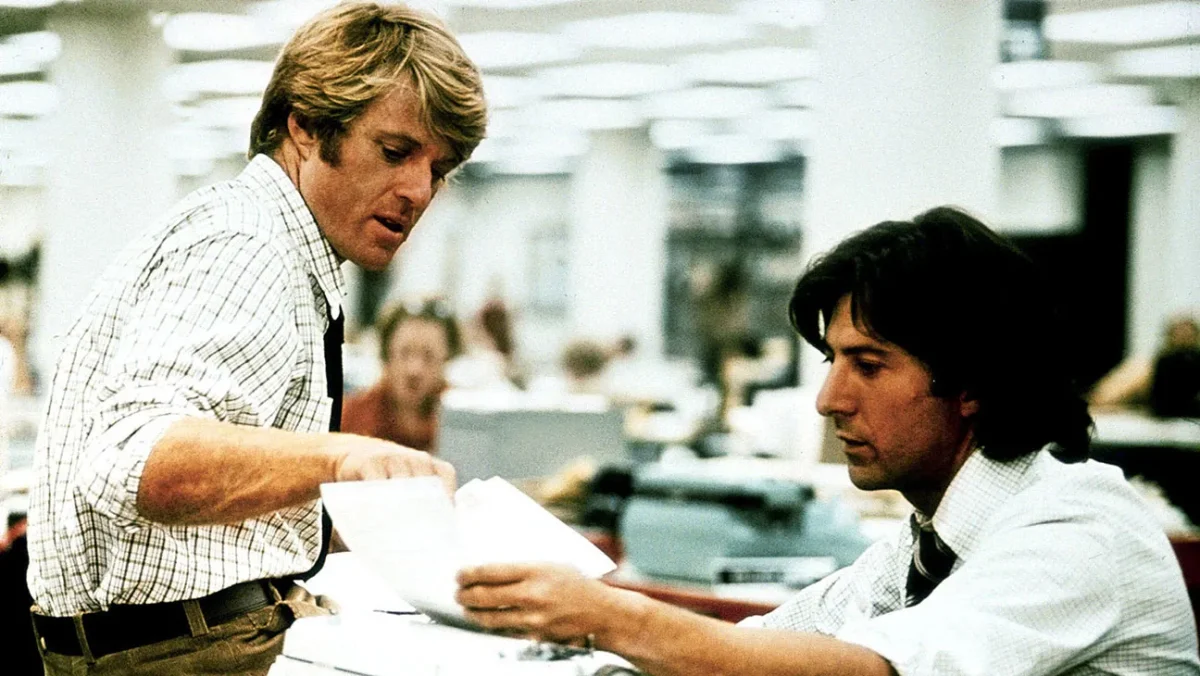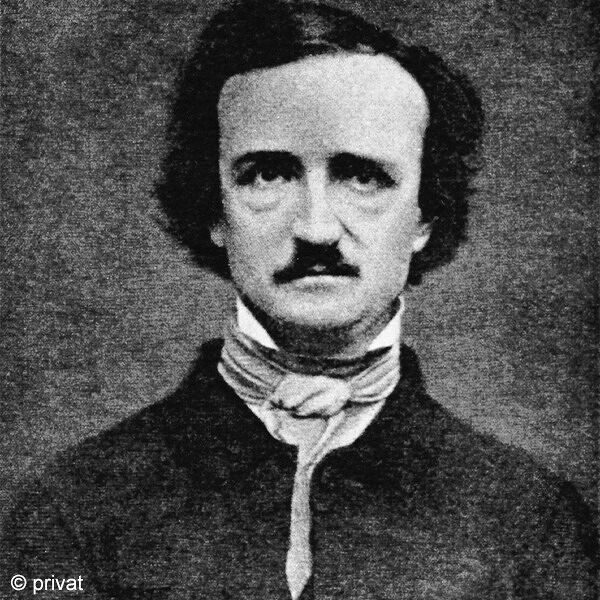*This review contains mild spoilers for The Bluest Eye*
Reading is a pastime I have enjoyed almost all my life. The variety of genres, themes, and interesting stories seem to be endless. The Bluest Eye, a frontrunner in the most banned books in the nation, is a truly beautiful novel written by Toni Morrison.
The story takes place in Lorian, Ohio, from the years of 1940-41. Morrison tends to go back in time to help readers understand the entire story. It is narrated by Claudia McTeer, a nine-year-old girl who reiterates the story of her foster sister and friend, Pecola.
Ugly. Pecola was accustomed to this word. Whether it was her parents or her low self-esteem, ugly was the word used to describe her. There was a disconnect between who Pecola was and who she longed to be. Having blonde hair and blue eyes seemed to be the only way out of the disaster that was her home life. Her mother was a nanny to a white family, one she seemed to care about more than her biological children. Her father, a raging alcoholic, worked at the steel mills in their city. Pecola also had an older brother named Sammy, although he was a rather insignificant character in the book.
“As long as [Pecola] looked the way she did, as long as she was ugly, she would have to stay with these people. Somehow she belonged to them” (Morrison, 45). The concept of ugliness was not one Pecola wanted, yet it was one she was forced to embrace. Did she want to? No. Did she have to? Yes.
As Claudia tells the story of Pecola, one that emerges feelings of poignance in readers like myself, the dark stories of Pecola’s life are unveiled. Claudia tells of these horrific experiences, ranging from Pecola’s self-consciousness to the constant harassment and bullying she would face from kids and adults in her life. One excerpt from Chapter 5 details this theme of isolation to perfection. In summary, Pecola was ushered into the house of a classmate Junior, where she was promised a cat. The boy flung the cat in her face, and the cat attacked her. To get the cat off, Junior flung the cat and proceeded to blame it on Pecola. She got the brunt of it from his mother and was called vile names. Stories like these are constant throughout the novel.
This novel reaches its peak once Claudia tells the backstories of Pecola’s parents. Pauline, Pecola’s mother, uses her job as an outlet; as it is something she has control over. Like Pecola, she experiences feelings of isolation and insecurity, yet she projects those feelings onto her daughter. Cholly, Pecola’s father has a difficult upbringing after being abandoned by his mother, and his caretaker dying when he was young. Not having a person with which he could process his grief and trauma led him down a dark road of alcoholism and emotional instability. The end of the book ends in a gut-wrenching fashion, a way that only reading the novel would help a reader grasp.
“More and more [Pauline] neglected her house, her children, her man–they were like the afterthoughts one has just before sleep, the early morning and late evening edges of her day, the dark edges that made the daily life with the Fishers lighter, more delicate, more lovely (Morrison, 127). The neglect Pauline pushed on her kids was a coping mechanism; she wanted to have control over something, and she knew she had that power at work. The instability at home put that “life” on the back burner. Readers can see why the dynamics of Pecola’s family are so dysfunctional; her parents promote this lifestyle.
“We were so beautiful when we stood astride her ugliness. Her simplicity decorated us, her guilt sanctified us, her pain made us glow with health” (Morrison, 205). When Claudia says this, she points to the complicity of every one of the characters in the dismantling of Pecola. She was used as a pawn, and her identity and self-worth were talked about as if they were nothing. It took graphic extremes for them (children) to feel empathy for this innocent child.
The 200-ish pages of this novel hold so much wisdom. The little details and imperfections of The Bluest Eye are what complete the story. Toni Morrison writes with so much depth and intention, and it makes this novel amazing. The Bluest Eye is an ode to all Black girls like myself, and her portrayal of colorism through the lens of a child hits a soft spot. I would recommend this novel to those who can handle reading heavy topics (ex. abuse of all forms), as the messages in this novel are applicable in today’s society.
Overall, The Bluest Eye is a book everyone should read at some point!






















Ms. Murphy • Jan 7, 2025 at 11:55 am
What a beautiful review, Safi! I just added this to my list of books to read. It’s such a pleasure reading your incredibly detailed and thoughtful writing!
Safi Barry • Jan 8, 2025 at 12:14 pm
Thank you so much! I hope you enjoy the book 🙂